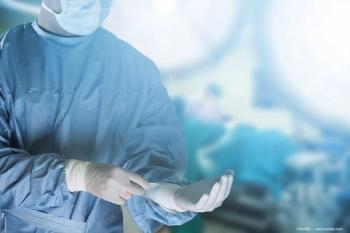
Femtosecond laser for pediatric cataracts safe
Femtosecond laser-assisted cataract surgery in children with cataract was uneventful, safe, and resulted in good outcomes, despite being an off-label use of the technology, said Burkhard Dick, MD.
Boston-Femtosecond laser (FSL)-assisted cataract surgery in children with cataract was uneventful, safe, and resulted in good outcomes, despite being an off-label use of the technology, said Burkhard Dick, MD.
Dr. Dick said he used the Catalys femtosecond laser (OptiMedica) in a consecutive prospective case series of infants with congenital cataracts. An advantage of this system is that two liquid optic interfaces are available, 14.1 or 12 mm in inner diameter, and fit in lids of 20 to 25 mm.
“Every tenth of a millimeter counts in these patients,” said Dr. Dick, Center for Vision Science, Ruhr University Eye Hospital, Bochum, Germany.
He emphasized the importance of completely sterile conditions because during the procedure, the laser must be docked, undocked, and redocked to perform the anterior capsulotomy, remove the crystalline lens, and perform the posterior capsulotomy.
FSL was used to treat 22 eyes (mean age, 9 years), and Dr. Dick reported that all capsulotomies were performed successfully.
All capsulotomies were extremely good, he said, perhaps because the patients were under general anesthesia. Importantly, the programmed diameter was not the final diameter. The chief finding was that the capsulotomy enlarged and evaluation of the data showed that this was clearly age dependent. Children under 6 years remained aphakic, while those over 6 years received an IOL.
“The resultant anterior and posterior laser capsulotomies performed using a femtosecond laser were circular, nicely centered, and centered in relation to each other,” Dr. Dick said. “The procedure is safe. The diameter was always greater, with younger age showing the greatest variation.”
For more articles in this issue of Ophthalmology Times’ Conference Brief, click
Newsletter
Don’t miss out—get Ophthalmology Times updates on the latest clinical advancements and expert interviews, straight to your inbox.
















































.png)


